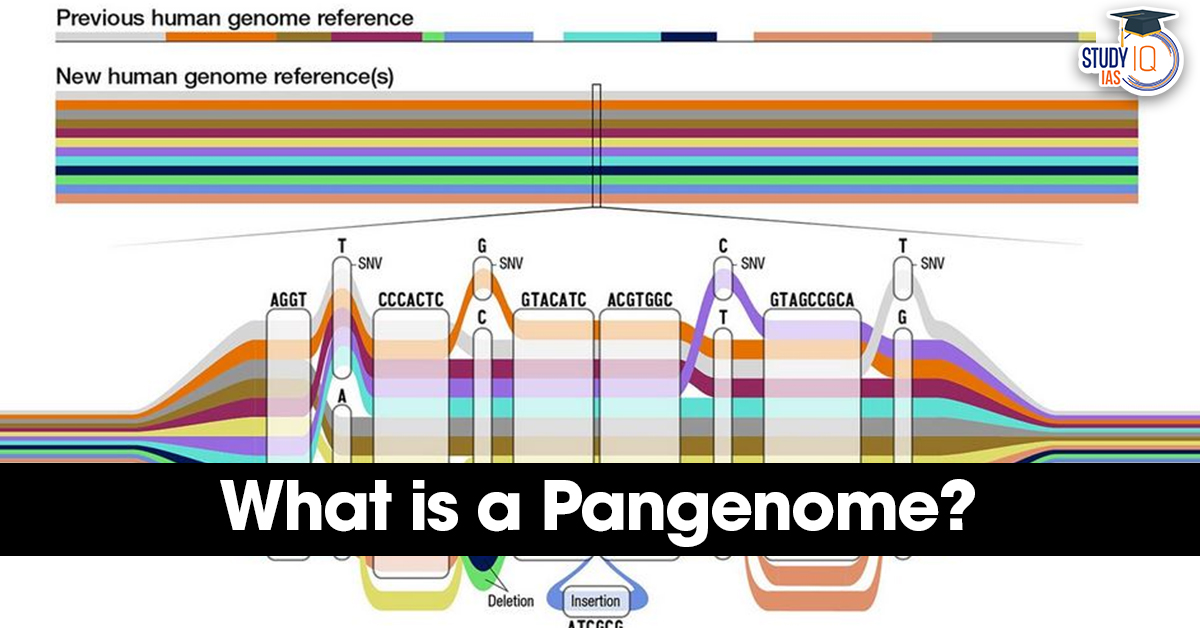Table of Contents
Context: Scientists have created a ‘pangenome’ by stitching together key parts of genomes from 144 varieties of wild and cultivated varieties of rice from Asia.
What is a Pangenome?
- Pangenome is a complete collection of all the genes found in different types of a species.
- It includes:
- Core genes – shared by all types (common genes)
- Unique genes – found only in some types, like wild or special varieties.
- This gives a full picture of genetic diversity, unlike a single reference genome, which shows only one version.
| “Simplified” |
|
Development Process
- Scientists used 144 varieties of wild and cultivated Asian rice (Oryza sativa L.).
- Sequencing was done using PacBio HiFi (High-Fidelity) technology.
- Computational methods were used for deep genetic analysis.
- The focus was on gene flow within cultivars and between cultivated and wild rice.
Significance
- Enables the development of resilient, high-yielding rice varieties.
- Can incorporate traits from wild rice, improving:
- Drought resistance
- Disease tolerance
- Climate change adaptability.
High-Fidelity (HiFi) Sequencing Technology
- It’s a single-molecule, real-time sequencing (SMRT) technology.
- It’s known for its exceptionally high accuracy in reading individual DNA molecules across long stretches.
- It falls under the category of Long-read sequencing methods used in genome sequencing.
- Long-read sequencing, in general, allows for the sequencing of significantly longer DNA fragments compared to conventional short-read sequencing techniques.
| Key Facts |
|


 Advanced Air Defence Radars: Types, Comp...
Advanced Air Defence Radars: Types, Comp...
 Ion Chromatography, Working and Applicat...
Ion Chromatography, Working and Applicat...
 Broadly Neutralising Antibodies (bNAbs):...
Broadly Neutralising Antibodies (bNAbs):...

























